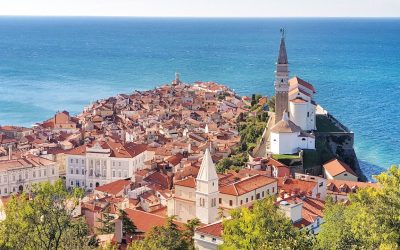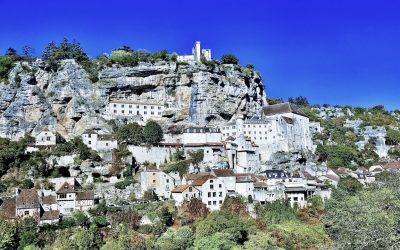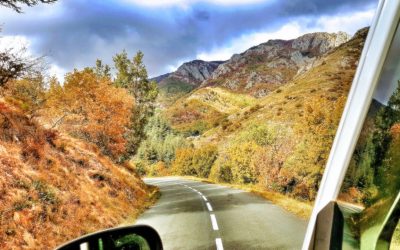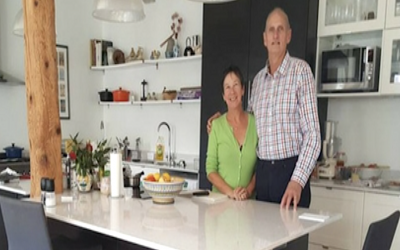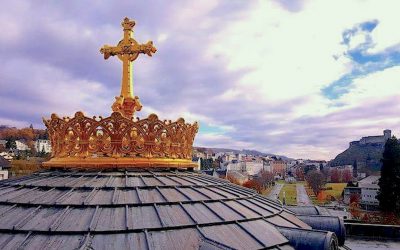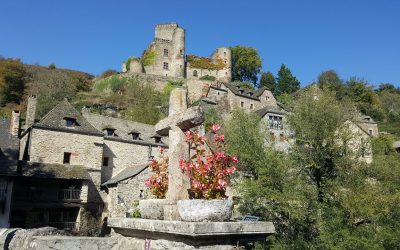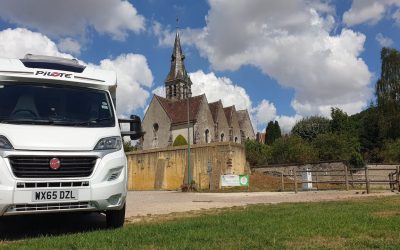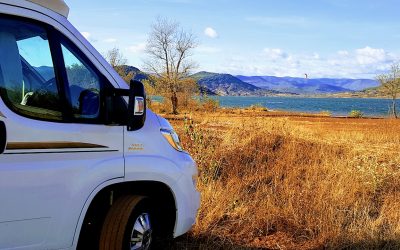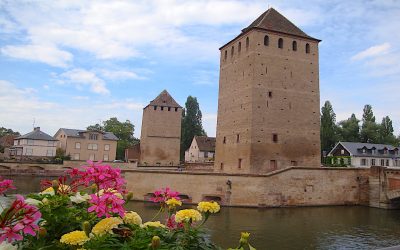SLOVEnia is a beautiful country with a gentle vibe that draws you into its graceful culture and laid back way of life. Yet when I think...

France
France
Life is an Adventure
We love that travel introduces you to new people who glide gracefully into your life and provides the chance to reconnect you...
Rocamadour – France at its best
Rocamadour is one French landmark that we have been trying to get to for nearly three years and for one reason or another, it...
A Private Parley With France
France what a delight you are. Just when I think you can’t amaze me any more, you throw us a surprise that just endears you to...
France’s Best Natural Parks
France is one of Europe's most popular destinations and with just under 250,000 sq miles, you could be forgiven for not seeing it all....
Fulfilling our Dream- Guest blog
Perhaps it was getting turned down as an air hostess for BA at 18 that made me determined to travel as often and as far as I could – and perhaps that’s why now – at almost 60
A spiritual journey to Lourdes
Whatever your religious beliefs, Lourdes is worth a visit - out of season!On a cold November morning snug underneath the duvet, an air of...
Les Plus Beaux Villages de France: An insight
Travelling opens up our horizons and our experiences as we move out of our own country comfort zones and into a different...
Troubleshooting Motorhome problems in France
So, it's been an interesting fortnight at Motoroaming HQ as we took time out to see our French friends in Toulouse as we were in the...
Lake Salagou: The hidden gem in southern France
Imagine a beautiful lake encased within a basin of iron-red earth that in the autumn is home to yellow and rust-coloured trees dotted...
Visiting Strasbourg & Colmar
After the mountain scenery of Lake Geneva, Lac Léman to the locals, we moved through Switzerland into the Alsace region of France with...
Tips for leaving the Rat Race for a life on the road
Having said ‘goodbye’ to Blighty, we are now rocking and rolling with the waves of the notorious Bay of Biscay, which gives me time to...
Follow us
You can find us on social media,
different channels for different content.

